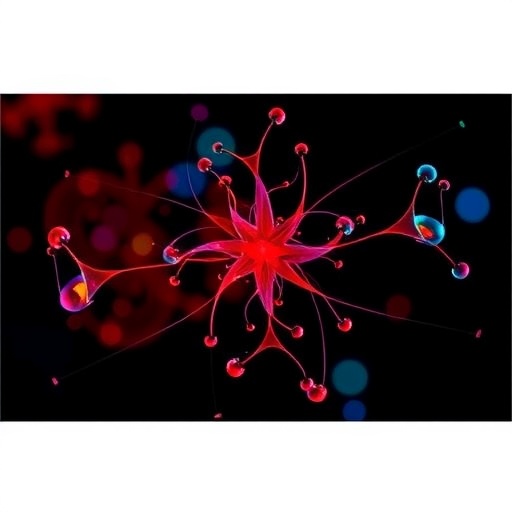Cartilage serves as a shock absorber for the human body, lubricating joints and helping them move smoothly. Its texture is softer than bone — yet stiffer and stronger than muscle. When it is damaged, patients can experience osteoarthritis, disc herniation and other painful conditions. This week in ACS Central Science, researchers reveal that the structure of cartilage has a more complicated zonal organization than previously thought, insights that could improve future generations of engineered cartilage.
The cartilage of the extracellular matrix is made up primarily of a protein called collagen — which is also found in skin, connective tissue and blood vessels — and of complex sugars called glycosaminoglycans. Cartilage is typically described as having three distinct zones across its depth wherein the specific content and orientation of these biomolecules varies. Engineered cartilage could be a useful approach to treat several joint disorders, but there is concern about how long these materials will last in the body, and whether these compounds truly reproduce the form and function of native cartilage. So Molly M. Stevens and colleagues sought to study both natural and engineered cartilage to determine the biochemical composition and collagen orientation of these materials.
The researchers used an imaging technique called Raman spectroscopy, which measures and compares how materials scatter light. In the natural cartilage samples, the results revealed not three zones, but at least six identifiable zones with different molecule compositions and orientations. The authors say the method could help scientists compare the quality of engineered cartilage material with native cartilage to help identify strategies that improve lab-made tissues, which could someday replace damaged cartilage in the body.
###
The authors acknowledge funding from the Medical Research Council, the Engineering and Physical Sciences Research Council, the Biotechnology and Biological Sciences Research Council and the Wellcome Trust.
The paper will be freely available on Nov. 16 at this link:
http://pubs.acs.org/doi/full/10.1021/acscentsci.00222
The American Chemical Society is a nonprofit organization chartered by the U.S. Congress. With nearly 157,000 members, ACS is the world's largest scientific society and a global leader in providing access to chemistry-related research through its multiple databases, peer-reviewed journals and scientific conferences. Its main offices are in Washington, D.C., and Columbus, Ohio.
To automatically receive news releases from the American Chemical Society, contact [email protected].
Follow us: Twitter Facebook
Media Contact
Michael Bernstein
[email protected]
202-872-6042
@ACSpressroom
http://www.acs.org
############
Story Source: Materials provided by Scienmag




